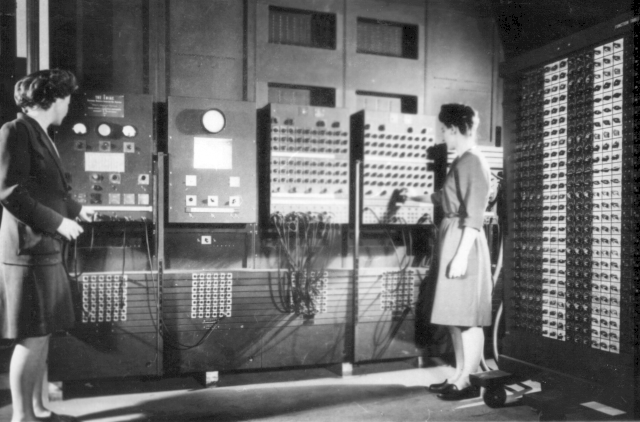
I panicked early on the morning of the Digital Research Institute (DRI), a mere half hour before the very first session. I had installed all R packages the previous afternoon but hadn’t tried running them. “I’ll run them on the morning just to be safe. I’m being overcautious. What could go wrong?”
Turns out the CUNY setup of OneDrive could. R, RStudio and all packages had “been installed” on a drive to which I had no admin privileges. As the Zoom introductory session started, the parallel R track Discord channel was bursting with my desperate pleas for help and never-ending screenshots. The GC Digital Fellows seemed intrigued, but also oddly calm. “Let us work on the problem and we’ll reach out back to you tomorrow”.
And they did. The next morning, one of the fellows took remote control over my computer, ran a few lines of code installing everything on another directory, and the problem was solved. I could happily engage with the first lessons on visualization, text analysis, regression, and a bit of geospatial analysis. As the sessions progressed, I started to notice why the Fellows team had remained so calm. They are a super supportive community within themselves, with access to a large number of online resources ready at hand.
This little anecdote shows why, I believe, the fellows running the DRI have exactly the type of approach most useful for people reaching for the first(er) time to open code languages for data visualization and analysis. They exude vibes of calmness and community, even under pressure. “I don’t know this, but I will look out for answers and run this with the fellows” seemed to be the motto. It’s an important motto: eventually, you start to feel like you yourself can manage this in the same way. After 5 days of intense work, even more important than having practiced the specific coding sequence for ggplot, I feel that the most important lesson was “I might not know this, but I feel comfortable enough to search for an answer myself”.
Don’t get me wrong. There is a lot of work coding and producing output. After all, in the R track we covered a lot of ground. A lot. We covered data visualization, text analysis, regression, and a bit of geospatial analysis. We might have covered more than was humanly possible to grasp in five days. But, to me, trying to master these skills in five days eventually proved less useful than the outcome of the DRI, namely, getting the knack that –R, at least—code shares a similar architecture and logic and has a large number of resources in case you feel lost in the maze. And undoubtedly, that feeling wouldn’t have come through if not for that sense of community, of open space for questions and honesty of the team of Fellows at the DRI.
I am currently taking a Quantitative Analysis course in this spring semester, for which I have consistently been using R despite the fact that the STATA do files—lines of preset code to produce graphs and statistical output—are readily available and temptingly shine online each time I am doing some coursework. I rely one third on the scripts the fellows provided us, one third on google and, lastly, on trial and error. It might take me a bit longer to do it myself, rather than using a short-cut provided by my professor. But it’s all the more satisfying whenever some neat graphs or statistical output come through. Those results are mine entirely. And the feeling of being able to work it through, even if I don’t know the answer at face value, is confidence I gained from working with fellows in the DRI.






